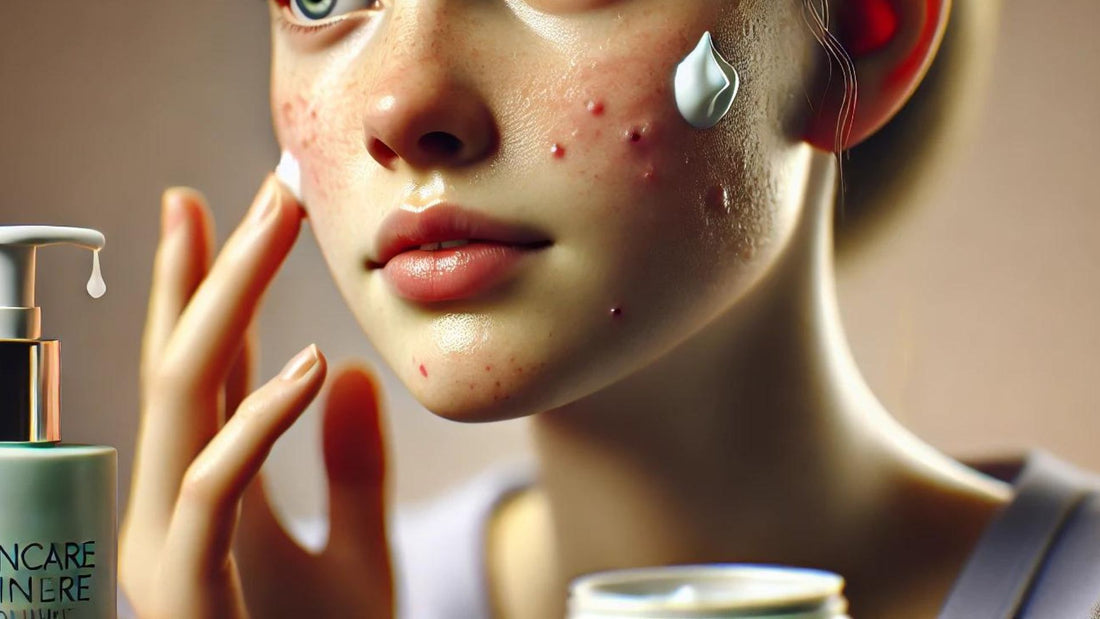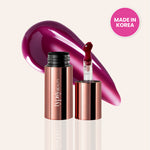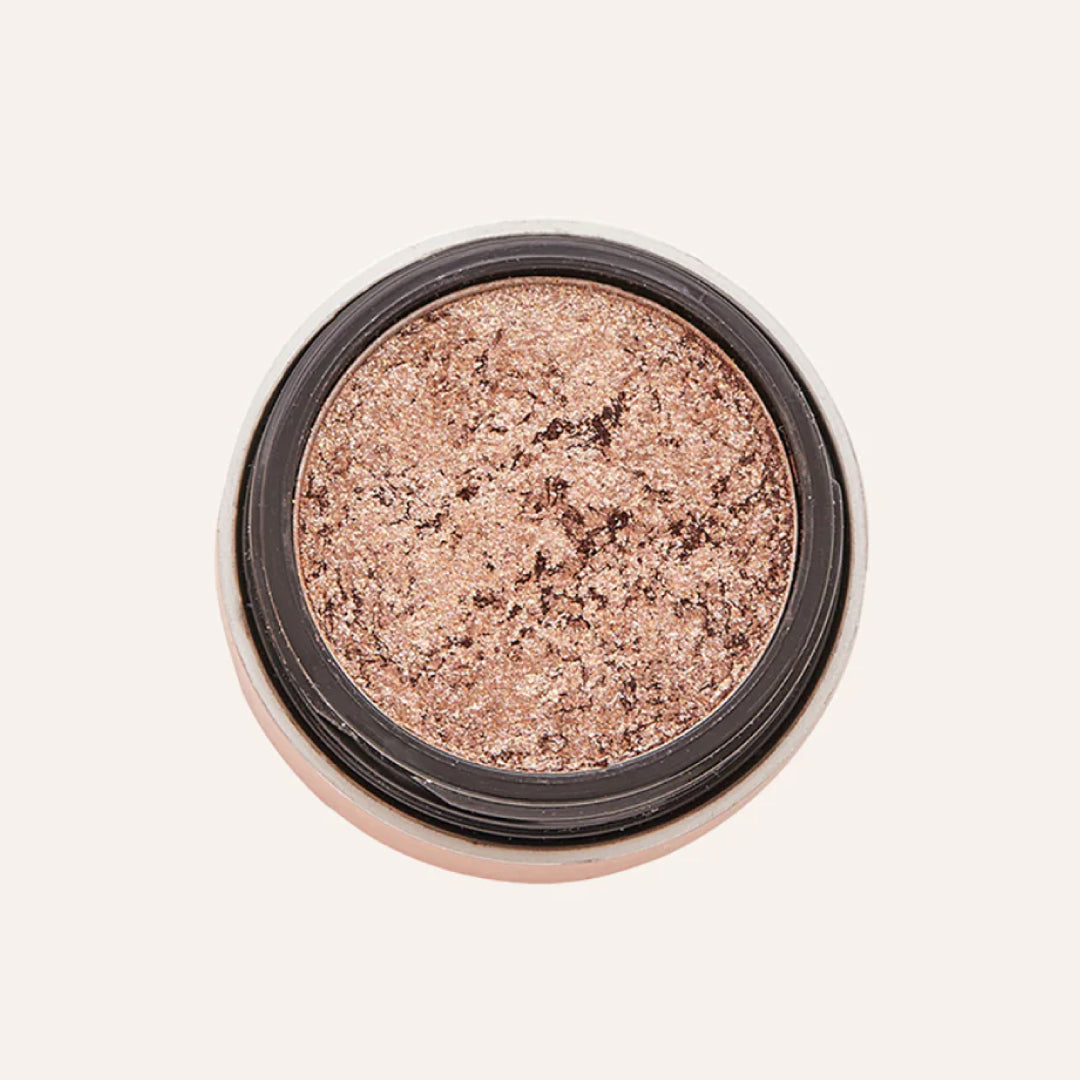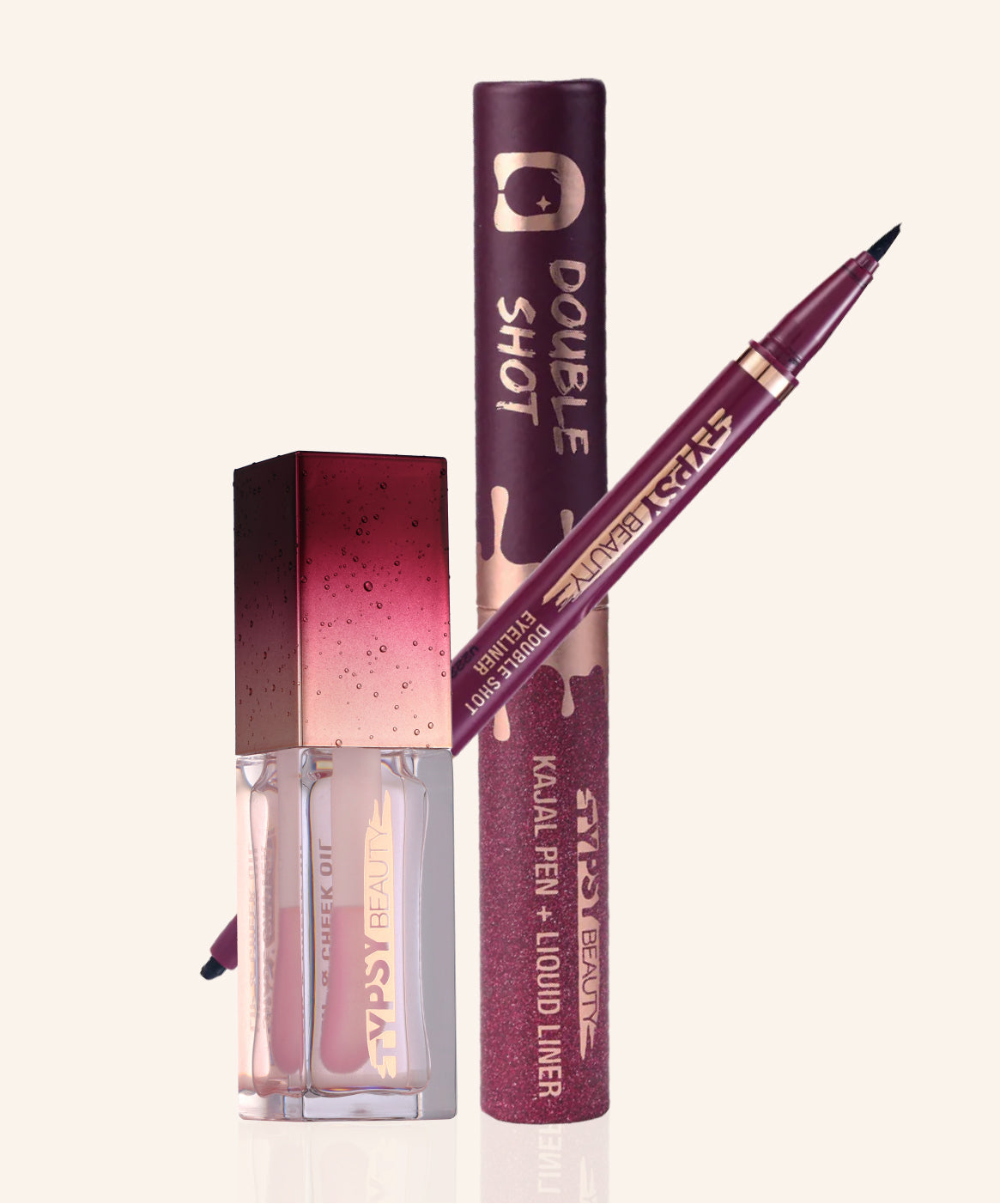- Flat 450 Off above 1799 | Flat 250 Off above 1399
- Flat 450 Off above 1799 | Flat 250 Off above 1399
- Flat 450 Off above 1799 | Flat 250 Off above 1399
- Flat 450 Off above 1799 | Flat 250 Off above 1399
- Flat 450 Off above 1799 | Flat 250 Off above 1399
- Flat 450 Off above 1799 | Flat 250 Off above 1399
- Flat 450 Off above 1799 | Flat 250 Off above 1399
- Flat 450 Off above 1799 | Flat 250 Off above 1399
- Flat 450 Off above 1799 | Flat 250 Off above 1399
- Flat 450 Off above 1799 | Flat 250 Off above 1399
- Flat 450 Off above 1799 | Flat 250 Off above 1399
- Flat 450 Off above 1799 | Flat 250 Off above 1399
The Ultimate Skincare Routine for Teenagers with Oily, Acne-Prone Skin
Maya Deiss
As a teenager, dealing with oily, acne-prone skin can be a frustrating and emotional experience. You're not alone in this struggle; many teens face the same challenges due to hormonal changes during puberty. The good news is that with the right skin care routine for oily skin teenagers can manage their complexion and achieve clearer, healthier skin.
Understanding Teenage Skin
Teenage skin is unique because of the significant hormonal changes that occur during puberty. Androgens, the hormones responsible for sexual maturation, stimulate the sebaceous glands to produce more oil, or sebum. While sebum helps protect and moisturize the skin, overproduction can lead to clogged pores, resulting in acne breakouts.
Common skin issues for teenagers include:
- Acne: The most prevalent skin problem among teens, manifesting as pimples, blackheads, and whiteheads.
- Oily skin: Excess sebum production leads to a shiny, greasy appearance.
- Sensitivity: Hormonal fluctuations can cause the skin to become more sensitive and prone to irritation.
Creating a Skincare Routine for Oily, Acne-Prone Teenage Skin
Developing a consistent skincare routine for teenage girls is crucial for managing oily, acne-prone skin. A well-rounded regimen should include cleansing, toning, treating, moisturizing, and protecting the skin from sun damage.
Step 1: Cleanse Gently Yet Effectively
Proper cleansing is the foundation of any successful skincare routine for teenage girls. They should wash their faces twice daily, once in the morning and once at night, using a gentle, oil-free cleanser suitable for their skin type. Look for products containing salicylic acid or benzoyl peroxide, which help to unclog pores, reduce acne-causing bacteria, and control excess oil.
When cleansing, use lukewarm water and avoid harsh scrubbing, as this can irritate the skin and worsen acne. Be sure to remove all traces of makeup before going to bed, as sleeping with makeup on can clog pores and lead to breakouts.
Step 2: Balance and Refresh with a Toner
After cleansing, use an alcohol-free toner to remove any remaining dirt, oil, and impurities while balancing your skin's pH levels. Toners can help to minimize the appearance of pores and provide additional benefits, depending on the ingredients. Look for toners containing witch hazel, which has natural astringent properties to help control oil, or tea tree oil, known for its anti-inflammatory and antimicrobial effects.
Step 3: Target Acne with Spot Treatments
To address individual pimples and problem areas, incorporate a targeted spot treatment into your skin care routine for oily skin teenagers. Opt for products containing benzoyl peroxide or salicylic acid, as these ingredients effectively penetrate the pores to fight acne-causing bacteria and reduce inflammation.
Apply spot treatments only on the affected areas to avoid drying out the rest of your face. Be patient and consistent with your treatment, as it may take several weeks to see noticeable improvements.
Step 4: Hydrate with a Lightweight Moisturizer
Many teenagers with oily skin mistakenly believe they don't need to moisturize, but skipping this crucial step can actually lead to increased oil production. When the skin becomes dehydrated, it overcompensates by producing more sebum, exacerbating oiliness and acne.
Choose a lightweight, oil-free moisturizer that won't clog your pores. Look for products containing hydrating ingredients like hyaluronic acid and glycerin, which attract and retain moisture without adding greasiness. Apply your moisturizer twice daily, after cleansing and toning, to keep your skin balanced and hydrated.
Step 5: Protect Your Skin from Sun Damage
Sun protection is essential for all skin types, including oily and acne-prone skin. UV exposure can trigger excess oil production, leading to more breakouts, and cause premature aging and dark spots over time.
Incorporate a lightweight, oil-free sunscreen with at least SPF 30 into your daily skincare routine for teenage girls. Apply sunscreen as the last step in your skincare regimen, before applying makeup, and reapply every 2 hours when spending extended time outdoors.
Additional Tips for Managing Oily, Acne-Prone Skin
- Avoid touching your face throughout the day, as your hands can transfer bacteria and oil, worsening acne.
- Change your pillowcase weekly to prevent sleeping on a surface laden with dirt, oil, and bacteria.
- Exfoliate once or twice a week using a gentle scrub or chemical exfoliant to unclog pores and promote cell turnover. Be cautious not to over-exfoliate, as this can irritate the skin.
- Stay hydrated by drinking plenty of water and consuming water-rich fruits and vegetables to support healthy skin from the inside out.
- Manage stress through relaxation techniques like deep breathing, meditation, or yoga, as stress can trigger hormonal changes that worsen acne.
Conclusion
Navigating teenage skin can be challenging, but with the right skin care routine for oily skin teenagers can achieve clearer, healthier skin. Remember to be gentle with your skin, use products designed for your skin type, and protect your skin from sun damage. If your acne persists or becomes severe, don't hesitate to consult a dermatologist for professional advice and treatment options.
Embrace your unique beauty with Typsy Beauty and our range of products specifically designed for oily, acne-prone skin. Oh, and remember that clear skin is possible with consistency and care.
FAQ
How often should I wash my face if I have oily, acne-prone skin?
Wash your face twice daily, once in the morning and once at night. Avoid overwashing, as this can strip your skin of its natural oils, leading to irritation and increased oil production.
Can I wear makeup if I have acne-prone skin?
Yes, you can wear makeup, but choose non-comedogenic, oil-free formulas that won't clog your pores. Always remove your makeup thoroughly before going to bed to allow your skin to breathe and prevent breakouts.
Is it okay to pop pimples?
No, it's best to resist the urge to pop pimples. Squeezing or picking at blemishes can push bacteria deeper into the skin, causing inflammation, prolonged healing time, and potential scarring.
How long does it take to see results from a skincare routine?
Be patient and consistent with your skincare routine. It can take 4-6 weeks or more to see noticeable improvements in your skin, as it takes time for your skin to adjust to new products and for active ingredients to take effect.
When should I see a dermatologist for my acne?
If your acne is severe, painful, or not responding to over-the-counter treatments after several weeks, it's time to consult a dermatologist. They can prescribe stronger medications, such as topical retinoids or oral antibiotics, and create a personalized treatment plan based on your skin's specific needs.














